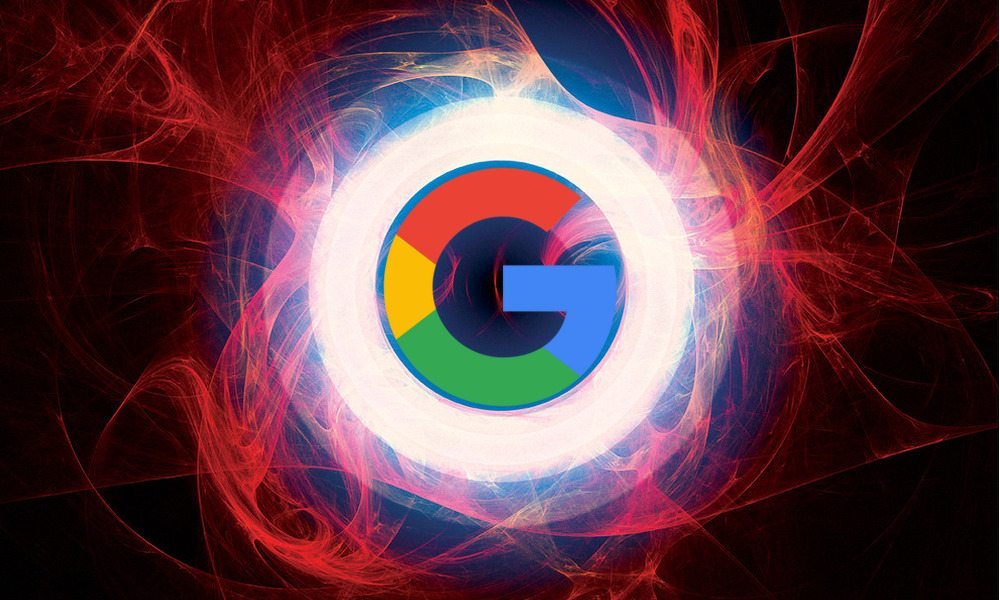Google Nuclear Fusion Project Makes Progress Toward Limitless Clean Energy

Toggle Dark Mode
The engineers at Google Research and an American nuclear fusion company have collaborated to build an algorithm that speeds up experiments in nuclear fusion– the process by which atoms are fused in extreme temperatures to generate massive amounts of energy. Nuclear fusion is the process that occurs in the sun and has long been seen as the key to attaining nearly unlimited amounts of clean energy. Now, according to a report published by the team in Scientific Reports, we’ve come one step closer to achieving that reality.
The algorithm that Google and Tri Alpha Energy, which is funded by Microsoft co-founder Paul Allen, have developed is called the Optometrist.With it, they’ve achieved a 50 percent reduction in energy loss rate, helping them reach the minimum amount of plasma energy needed for fusion to occur. Plasma is a hot ball of gas that undergoes nuclear fusion and figuring out how to trap it in a fusion reactor is considerably difficult because its behavior is so complex– even for Google supercomputers.
But this isn’t a simple story about an advanced computer doing all of the leg-work. What makes the team’s approach interesting is that plasma’s complexity forced them to combine computing with human judgment. As in an exam for an eyeglass prescription, the Optometrist Algorithm allows human operators to choose the better of two outcomes based on their subjective judgment and instinct.
“We boiled the problem down to ‘let’s find plasma behaviours that an expert human plasma physicist thinks are interesting, and let’s not break the machine when we’re doing it’,” said Ted Baltz, at the Google Accelerated Science Team. “This was a classic case of humans and computers doing a better job together than either could have separately.”
The human-computer collaboration allowed researchers to perform operations in a matter of hours, as opposed to months. The team’s efforts yielded novel and unexpected ways of handling the plasma leading to the massive 50 percent efficiency gain, putting them at the forefront of the global race to achieve commercial-scale nuclear fusion.






